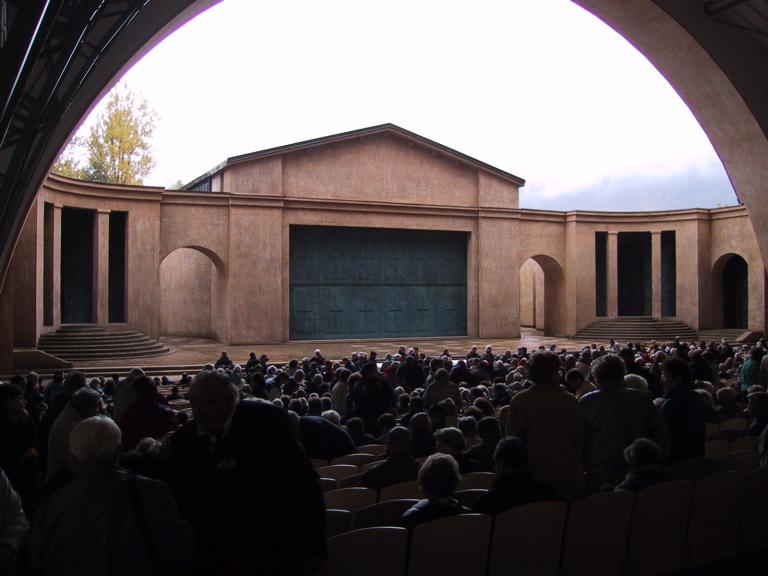
***
A new article appeared today in Interpreter: A Journal of Latter-day Saint Faith and Scholarship:
“An Unfortunate Approach to Joseph Smith’s Translation of Ancient Scripture,” by Spencer Kraus
Review of Jonathan Neville, A Man That Can Translate: Joseph Smith and the Nephite Interpreters. Salt Lake City: Digital Legends Press, 2020. 385 pages. $22.99 (paperback).
Abstract: This is the first of two papers that explore Jonathan Neville’s two latest books regarding the translation of the Book of Mormon. Neville has long argued that Joseph Smith did not use a seer stone during the translation of the Book of Mormon, and he has more recently expanded his historical revisionism to dismiss the multitude of historical sources that include the use of a seer stone. Neville’s “Demonstration Hypothesis” is explored in A Man That Can Translate, arguing that Joseph recited a memorized text from Isaiah rather than translate Isaiah from the Book of Mormon record. This hypothesis, meant to redefine how Joseph Smith used a seer stone during the translation of the Book of Mormon, however, fails to deal with the historical record seriously or faithfully. Neville, in a purported effort to save Joseph Smith’s character, ironically describes Joseph as a liar, reinvigorating old anti-Latter-day Saint claims that Joseph simply recited a memorized text, even to the point that Neville defends hostile sources while targeting Church-published histories and publications. He further attacks the witnesses of the translation in an effort to discredit their testimonies regarding the seer stone, and repeatedly misrepresents these sources. Coming from a Latter-day Saint, such claims are troubling and demand a response.
***
We just walked back from the Passionstheater to our room in the Hotel Wittelsbach. It’s late. We arrived in Oberammergau at roughly eleven in the morning and had some free time to walk around and get lunch. Then our group went for the afternoon portion of the famous Oberammergau Passion Play. After a three-hour dinner break, we returned for the evening portion, which concluded just a few minutes ago. I’ll probably write my next column for Meridian Magazine about the Passion Play, so I’ll save my observations for that. Amusingly, though, I ran into Maurine and Scot Proctor, who run Meridian, in the theater just prior to the afternoon performance today. They were sitting with their daughter Mariah and a tour group. It was fun to see them here. The last time that I saw them was a few weeks ago at Ein Bokek, on the Israeli side of the Dead Sea. They were leading a group there, too. Either we’re stalking them or they’re stalking us. I’m. not sure which it is.
In any case, because it’s late and I’m tired and we’re starting out fairly early in the morning, and because I try to post a blog entry of a certain length every day, I’m going to repost a past item here right now:
Over the years, I’ve run into the comment — often, but not always, from embittered and hostile ex-Mormons — that Mormonism (a term that I’ll use in certain ways until I think of a better one) is a shallow faith, lacking any and all intellectual or cultural merit, satisfying only to unreflective middlebrow business types (if not, indeed, only to dimwits).
Some years ago, Thomas Cahill was attempting, in his best-selling book How the Irish Saved Civilization, to explain the ancient Manichaean faith, and in the course of his comments, gratuitously insulted Latter-day Saints and their beliefs by saying something to the effect that Manichaeism, like Mormonism today, had no depth in it that would satisfy a serious mind.
I’ve heard the assertion more than a few times, and I’ve seen it several times just recently.
My old Mormon Scholars Testify site — now Latter-day Saint Scholars Testify — was launched, in part, as a response to Cahill’s uncharitable remark. I really need to crank that project up again, but I’ve been really busy. (Is there anybody out there who would like to help?)
Probably the first problem that I see with the claim is that, in my judgment, it’s simply not true. (Of course, it might be responded, I’m a very shallow person, so who cares about my “judgment”?)
Although the Latter-day Saint intellectual and cultural tradition is still young — we were, until fairly recently, a small and relatively rural group, concentrated and largely isolated in the Great Basin West — I think it’s beginning to come along. (There were few if any genuinely great Christian literary figures, philosophers, artists, or composers, let alone architects, at a comparable period in early Christendom — i.e., around the early third century.) To provide just a pair of examples, I suggest a serious engagement with the philosophical work of Blake Ostler or listening through Hugh Nibley’s lecture series Time Vindicates the Prophets.
Moreover, I believe that there is enormous depth, as yet still largely crying out for exploration, in our doctrine. As B. H. Roberts put it,
I believe “Mormonism” affords opportunity for disciples of the second sort: nay, that its crying need is for such disciples. It calls for thoughtful disciples who will not be content with merely repeating some of the truths, but will develop the truths; and enlarge it by that development. Not half — not one-hundredth part — not a thousandth part of that which Joseph Smith revealed to the church has yet been unfolded, either to the church or to the world. The work of the expounder has scarcely begun. The Prophet planted by teaching the germ-truths of the great dispensation of the fulness of times. The watering and weeding is going on, and God is giving the increase, and will give it more abundantly in the future as more intelligent discipleship shall obtain. The disciples of “Mormonism,” growing discontented with the necessarily primitive methods which have hitherto prevailed in sustaining the doctrine, will yet take profounder and broader views of the great doctrines committed to the Church; and, departing from mere repetition, will cast them in new formulas; cooperating in the works of the Spirit, until they help to give to the truths received a more forceful expression and carry it beyond the earlier and cruder stages of development. (B. H. Roberts, “Book of Mormon Translation,” Improvement Era 9/9 [July 1906]: 713.)
But, viewing the question from another angle, I can’t help but think that the matter of “depth” — if what is meant by depth is simply the kind of complexity with which intellectuals and academics love to play and to show off — is largely irrelevant.
It would be fatuous in the extreme for someone sitting in a crowded movie theater to ignore a scream of “Fire!” simply because it came from a lower class “rube” or “philistine,” someone whose hands are soiled with (ugh!) trade or calloused by manual labor, or because it was expressed in an uncouth way, or voiced in an unsophisticated accent, or unsupported by allusions to recent developments in critical literary theory, or not couched in iambic pentameter.
I doubt that every early Christian was an elite intellectual, capable of holding his or her own with the philosophers of Athens or the scholars of Alexandria. But so what?
Could the Greek sophists Protagoras, Gorgias, Thrasymachus, and Cratylus have tied their rough contemporaries Ezra and Nehemiah in intellectual knots? Very possibly. But what would that matter?
Moreover, admonitions to kindness, charity, service, and other such positive attributes are always worthwhile, even if they’re dismissed as lacking “depth.” I would rather live in a society characterized by such qualities than among a colony of supremely clever intellectuals who lack them. (That might actually be a good description of Hell.)
And I have little patience for anybody disposed to reject the good news of Christ’s resurrection, or of the appearance of the Father and the Son to Joseph Smith, on the grounds that these accounts lack intellectual subtlety. Simple or not, if they’re true they’re of incomparable importance.
And I’ll add this: The story that’s related in the Passionsspiele Oberammergau isn’t enormously complex. But, if true, it’s profoundly important.
Posted from Oberammergau, Bavaria, Germany












